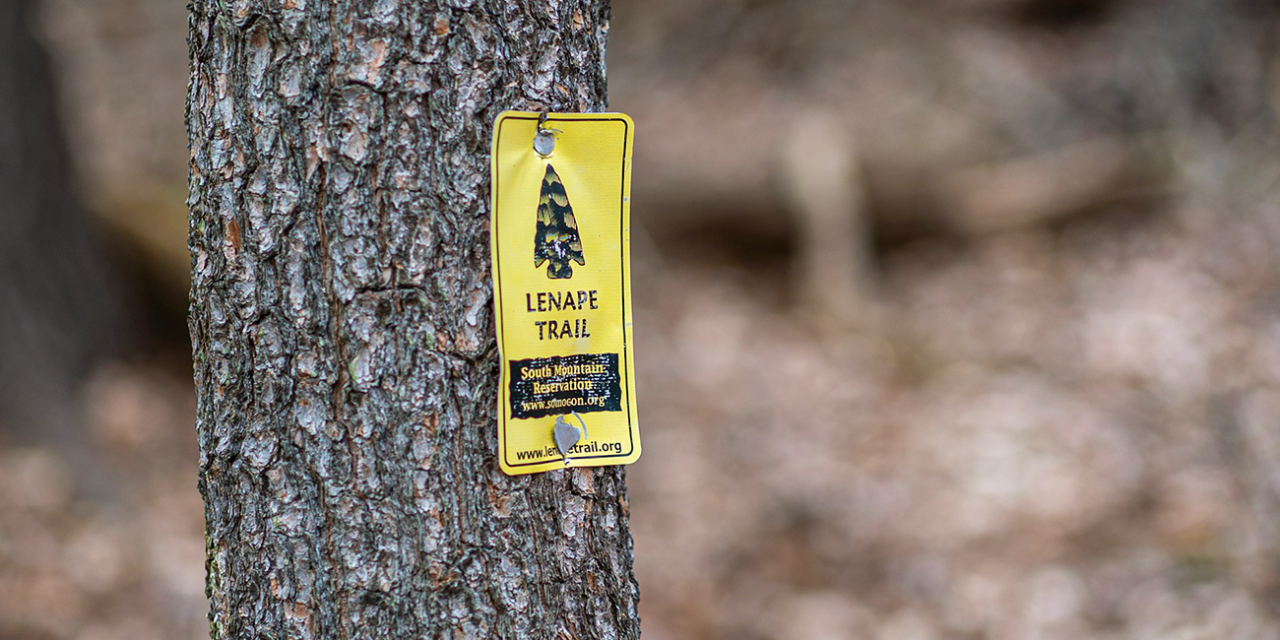Table of Contents
Ancient Origins and Settlement
Pre-Colonial Life
The Lenape, also known as the Delaware Indians, has a rich history dating back thousands of years.
Their ancestral homeland encompassed present-day New Jersey, eastern Pennsylvania, southeastern New York, northern Delaware, and a small section of southeastern Connecticut. This extensive area included the Delaware River watershed, which was central to their culture and daily life.
The Lenape lived in well-organized communities, with villages typically situated along rivers and streams.
They were known for their agricultural skills, cultivating crops such as corn, beans, and squash, which were staples of their diet. Hunting, fishing, and gathering also supplemented their food supply, reflecting their deep connection to the land and natural resources.
Social Structure and Culture
Clan System
The Lenape society was organized into matrilineal clans, meaning lineage was traced through the mother.
There were three primary clans: the Wolf, the Turtle, and the Turkey.
Each clan had its own responsibilities and roles within the tribe, and this system fostered a strong sense of community and identity.
Spiritual Beliefs
Spirituality was integral to Lenape life.
They believed in a creator known as Kishelëmukong and had a rich history of myths and legends that explained the natural world and their place within it.
Ceremonies and rituals, such as the Big House Ceremony, were central to their spiritual practice, often involving intricate dances, songs, and storytelling.
Art and Craftsmanship
The Lenape were skilled artisans who created beautifully crafted items such as pottery, woven mats, and beadwork. Wampum, made from shells, was particularly significant.
It was used not only as a form of currency but also for ceremonial purposes and to record important agreements and events.
European Contact and Its Consequences
Early Encounters
The Lenape were among the first indigenous peoples to encounter European explorers and settlers.
The arrival of the Dutch in the early 1600s marked the beginning of significant changes. Initially, the Lenape engaged in trade with the Europeans, exchanging furs and other goods for metal tools, weapons, and other items.
The Impact of Colonization
However, the relationship between the Lenape and European settlers soon became strained.
The Dutch and the English sought to expand their territories, leading to conflicts over land and resources. European diseases, to which the Lenape had no immunity, also devastated their population, leading to a significant decline in their numbers.
Displacement and Treaties
Throughout the 17th and 18th centuries, the Lenape were systematically displaced from their ancestral lands.
Treaties were often made and broken, and the Lenape were forced to move further west. The Walking Purchase of 1737 was particularly egregious, as Pennsylvania authorities used deceitful tactics to claim over a million acres of Lenape land.
The Lenape in the 19th and 20th Centuries
Forced Relocations
The 19th century saw continued displacement of the Lenape.
They were moved multiple times, eventually settling in areas such as Ohio, Indiana, Missouri, Kansas, and finally Oklahoma. These forced relocations, often involving harsh conditions, further fragmented their communities and disrupted their traditional way of life.
Survival and Adaptation
Despite these challenges, the Lenape demonstrated remarkable resilience.
They adapted to new environments and worked to preserve their cultural heritage. Many Lenape communities maintained their traditional practices, language, and beliefs, even as they navigated the pressures of assimilation and displacement.
Modern Lenape Communities
Today, the Lenape people are primarily found in Oklahoma, Wisconsin, and Ontario, Canada.
They continue to honor their heritage through cultural programs, language revitalization efforts, and annual gatherings. The Nanticoke Lenni-Lenape Tribal Nation in New Jersey and the Lenape Nation of Pennsylvania are among the groups striving to keep their traditions alive.
Contributions and Legacy
Cultural Contributions
The Lenape have made significant contributions to North America’s cultural mosaic.
Their agricultural practices, such as the “Three Sisters” method of planting corn, beans, and squash together, have been widely adopted. Their craftsmanship, particularly in beadwork and pottery, continues to be celebrated.
Historical Significance
The Lenape’s history poignantly reminds us of the complex and often tragic interactions between indigenous peoples and European settlers.
Their story is one of resilience and survival, offering valuable lessons about adaptation, perseverance, and the importance of cultural preservation.
Reflecting on the Lenape’s Journey
Honoring the Past
The history of the Lenape is a testament to their enduring spirit and resilience.
From their early days as skilled farmers and hunters to their struggles and perseverance through displacement, the Lenape have shown an unwavering commitment to their cultural heritage.
Looking Forward
As we reflect on the Lenape’s journey, it is crucial to recognize and honor their contributions and the challenges they have faced.
Supporting efforts to preserve the Lenape people’s culture, language, and history is essential in ensuring that future generations understand and appreciate their rich legacy.
The Lenape’s story is a vital part of the broader narrative of North American history, reminding us of the importance of respecting and valuing the diverse cultures and histories that have shaped, and continue to shape and morph our world.





